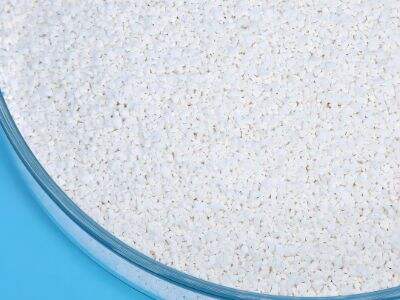আপনার পুলের জলে pH এর মান বেশি থাকলে যেসব সমস্যা হতে পারে:
যদি আপনার পুলের জলের pH মান খুব বেশি হয়, তাহলে আপনি কিছু সমস্যার সম্মুখীন হতে পারেন। একটি সমস্যা হল আপনার পুলের জল পরিষ্কার রাখতে ক্লোরিন ভালো কাজ করবে না। এর অর্থ হল আপনার পুল ময়লা এবং অস্বাস্থ্যকর হয়ে উঠতে পারে। তদুপরি, উচ্চ pH মান জলকে ঘোলা দেখাতে পারে এবং সাঁতারুদের ত্বক ও চোখে জ্বালাপোড়া তৈরি করতে পারে। প্রথমত, এটি আপনার পুলে স্কেল এবং খনিজ জমা হওয়ার কারণ হতে পারে, যা শুধু খারাপ দেখায় তাই নয়, আপনার পুলের সরঞ্জামগুলির ক্ষতি করতে পারে।
নিম্ন pH আপনার পুলের রক্ষণাবেক্ষণ এবং পরিষ্কারতা কীভাবে প্রভাবিত করতে পারে:
একইভাবে, খুব কম পিএইচ আপনার পুলের মধ্যে এসিডের মাত্রা খুব কম থাকলে জল খুব বেশি এসিডযুক্ত হয়ে ওঠে, যা আপনার পুলের সরঞ্জামগুলি ক্ষয় করতে পারে এবং পুলটি ক্ষতিগ্রস্ত করতে পারে। এটি সাঁতারুদের চামড়া এবং চোখেও জ্বালা সৃষ্টি করতে পারে। আরও কী, খুব কম pH আপনার পুলের ক্লোরিনকে অপ্রয়োজনভাবে বেশি কাজ করতে বাধ্য করতে পারে, যার ফলে জলকে পরিষ্কার রাখতে এটি কম কার্যকর হয়। এটি শৈবালের বৃদ্ধি এবং ঘোলা জলের দিকে নিয়ে যেতে পারে, যা সাঁতারের জন্য আনন্দদায়ক নয়।
আপনার সুইমিং পুলের pH পর্যায়ক্রমে পরীক্ষা এবং ভারসাম্য রাখা প্রয়োজন কেন:
এই ধরনের সমস্যা এড়াতে আপনাকে প্রায়শই আপনার পুলের pH মাত্রা পরীক্ষা করতে হবে। Ph পরীক্ষার স্ট্রিপ বা একটি pH পরীক্ষার কিট ব্যবহার করে pH যাচাই করা যেতে পারে। আপনার pH যদি খুব বেশি বা খুব কম হয়, তাহলে পছন্দসই পরিসরে (7.2 থেকে 7.6) ফিরে আসার জন্য আপনি pH বৃদ্ধিকারক বা pH হ্রাসকারক ব্যবহার করতে পারেন। সঠিক pH ভারসাম্য বজায় রাখা পরিষ্কার, স্বচ্ছ জল রাখতেও সাহায্য করে যা সাঁতারের জন্য নিরাপদ।
পুলের pH এর অসন্তুলন এড়ানো এবং ঠিক করার উপায়:
আপনার পুলের মধ্যে pH অসন্তুলন এড়ানো বা সংশোধন করার জন্য বিভিন্ন উপায় রয়েছে। একটি গুরুত্বপূর্ণ বিষয় হল পুলে আবর্জনা রাখা থেকে বাঁচানো, কারণ জৈবিক আবর্জনা pH স্তরকে প্রভাবিত করে। আপনি আপনার পুলের ওপর একটি পুল কভার দিয়ে বাষ্পীভবন এড়াতে পারেন এবং এটি ব্যবহার না করার সময় ধ্রুবক pH বজায় রাখতে পারেন। পুল নিয়মিত পরিষ্কার করা এবং pH পরীক্ষা করা আপনাকে অসন্তুলন শনাক্ত করতে সাহায্য করবে। পাশাপাশি, আপনার পুলে রাসায়নিক পদার্থ যোগ করার সময় প্রস্তুতকারকের নির্দেশাবলী অনুসরণ করুন যাতে pH-এর ভারসাম্য নষ্ট না হয়।

 EN
EN








































